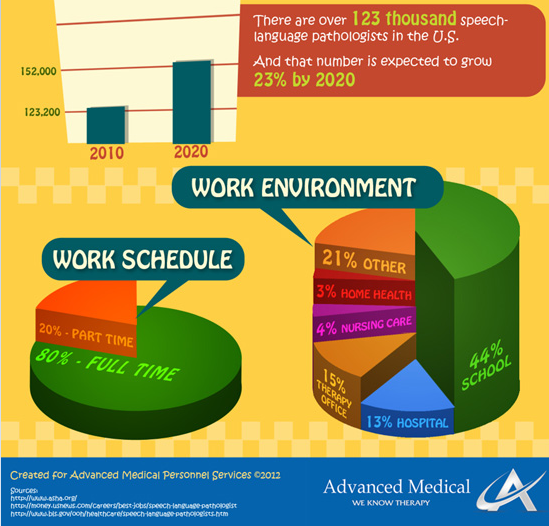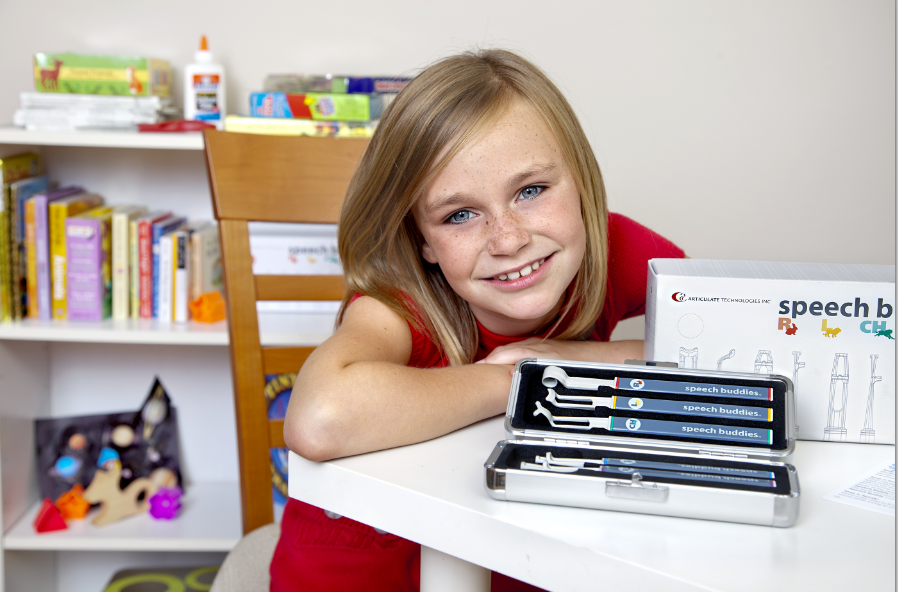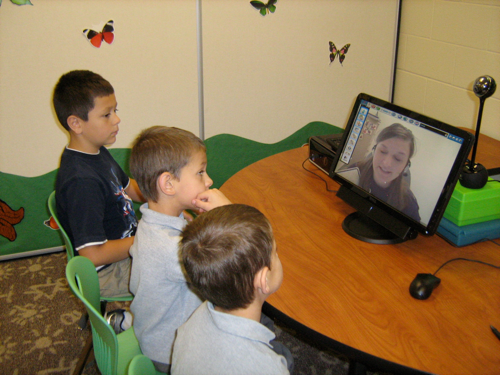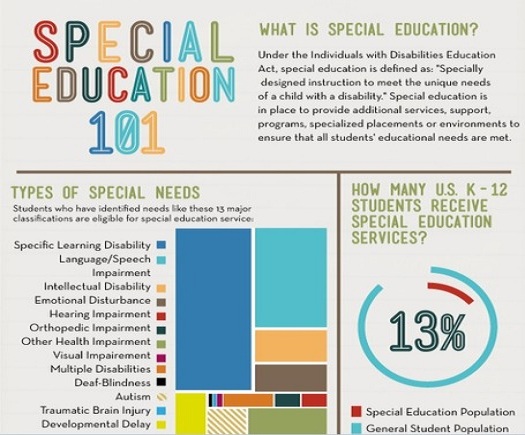For the uninitiated, “speech therapist” might conjure up images of a clinician patiently trying to correct a stutter or a lisp. And indeed, speech therapists do treat these issues with a variety of tools – from exercises with Speech Buddies to audio feedback with a tape recorder. But speech therapy is a very broad field, and speech-language pathologists (SLPs) can help your child with everything from pitch regulation to complete sentence formation. So today, in our fourth and final installment of our introductory guide to speech therapy, we’ll answer a common question, “Just what the heck does a speech therapist do all day?”
What is Speech Therapy and How Do I Use At-Home Speech Therapy?
Speech Therapy TechniquesToday, we’re continuing our introductory series to speech therapy. Our third post in the series addresses at-home speech therapy techniques. As a parent, it’s hard to watch your child struggle with anything. But you can accelerate his progress and (ideally) lessen the amount of time that he’ll need speech therapy by using at-home speech therapy techniques. These techniques will likely consist of games and activities that are tailored to your child’s specific needs. It’s also important to model correct patterns of speech for your child (kids are great imitators). Talk to your child’s speech therapist about the best at-home speech therapy techniques for your child’s speech and language issues, and head over to Speech Buddies University for more at-home exercises.
What is Speech Therapy and Why Does My Child Need It?
Speech TherapistRaising a child can be the most difficult job in the world. And now your child’s teacher or pediatrician has recommended that you have him evaluated by a speech therapist, and suddenly life seems even more challenging. First of all – don’t panic! It’s perfectly natural to be worried, but rest assured that speech therapy can work wonders for your child, if he does indeed have a speech disorder or delay. Work with your child’s speech therapist to integrate speech therapy techniques into your child’s daily routine. One starting point is Speech Buddies University, which offers customized exercises to accelerate your child’s progress.
Speech Therapy at Home with Telepractice
Speech Therapy TechniquesDo you remember life before the Internet? When I was a kid, we didn’t even have a computer for quite a long time. When we finally got one, the modem was one of those ancient dial-ups. I could start loading a Web page, run around the block a few times, and it would still be loading by the time I got back. We might curse modern technology for its glitches and for constantly making us buy new upgrades, but the truth of the matter is that it quite often makes our lives easier. When your child is diagnosed with a speech disorder, you can find a qualified speech-language pathologist (SLP) via Google. You can also look up activities for speech therapy at home. You can practice speech therapy techniques with your child using the online Speech Buddies University. The simple, easy-to-use interface of Speech Buddies University may be used at various levels and for various target sounds.
And now, you can even take your child to see his speech therapist without getting into the car. Speech therapy at home with telepractice has been making waves in the speech therapy world lately, with good reason. It’s convenient, it works, and it lets you connect with a qualified SLP no matter where you live. So what, exactly, is telepractice?
Teachers: Essential Questions About Childhood Speech Disorders
SchoolTeachers are rarely in it for the money. Many list a desire to see kids succeed as their number one reason for teaching, despite the low wages. But some kids, such as those with childhood speech disorders, need a little extra help. Sometimes, the key to success in the classroom lies in making drastic changes, such as changing the entire physical landscape, as one school in Stockholm, Sweden did. When dealing with childhood speech disorders in the classroom, the best approach is collaboration. Because Open House nights rarely afford the opportunity for in-depth discussions with parents, teachers should instead schedule one-on-one meetings to discuss the child’s speech disorder. It’s also a good idea for teachers to meet with the child’s speech-language pathologist (SLP) to discuss how to best meet that child’s needs.





